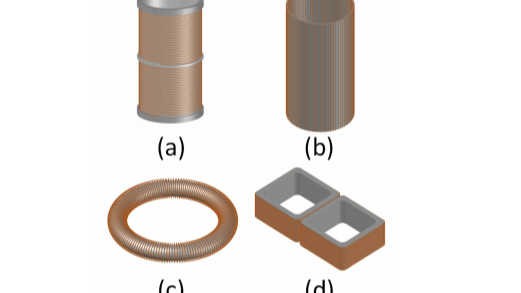Photo of onsite device connection and installation

2023-02-28 08:01:28source:
In situ chemical oxidation/reduction remediation technology is to inject oxidant or reducing agent into contaminated areas of soil or groundwater, through oxidation or reduction, so that pollutants in soil or groundwater into non-toxic or relatively less toxic substances. However, in the process of remediation, the change of pollutant concentration, intermediate products, as well as the influence range and underground movement path of the agent are of great significance to the remediation effect.
In the process of monitoring the diffusion and repair effect of injection agents in the traditional way, water samples, laboratory testing, layout, sample testing and other steps are taken, which not only has a long cycle, but also has many limitations in the sampling and monitoring of fixed points, including the single point of information and the uncertainty of depth information caused by the sampling method. In this experiment, the cross-hole high-density electrical method (a geophysical method) was used to conduct real-time imaging of underground resistivity distribution, and continuous online monitoring was carried out during the period of agent perfusion and reaction. In addition, the change of resistivity before and after agent perfusion in the block was compared to monitor, so as to infer the diffusion seepage flow diameter, diffusion rate and range of agent.

Photo of onsite device connection and installation
The traditional proton magnetometer is a scalar quantum magnetometer made based on the Larmorprecession effect of hydrogen protons in the geomagnetic field. Because of its advantages of highreliability, simple operation, convenient portability, low price,

Electrical resistivity imaging (ERI) is a non-destructive method for subsurface investigations. Although it’s not as popular asground penetrating radar (GPR), it has its advantages and can be very useful in some situations.ERI involves the measurement of
